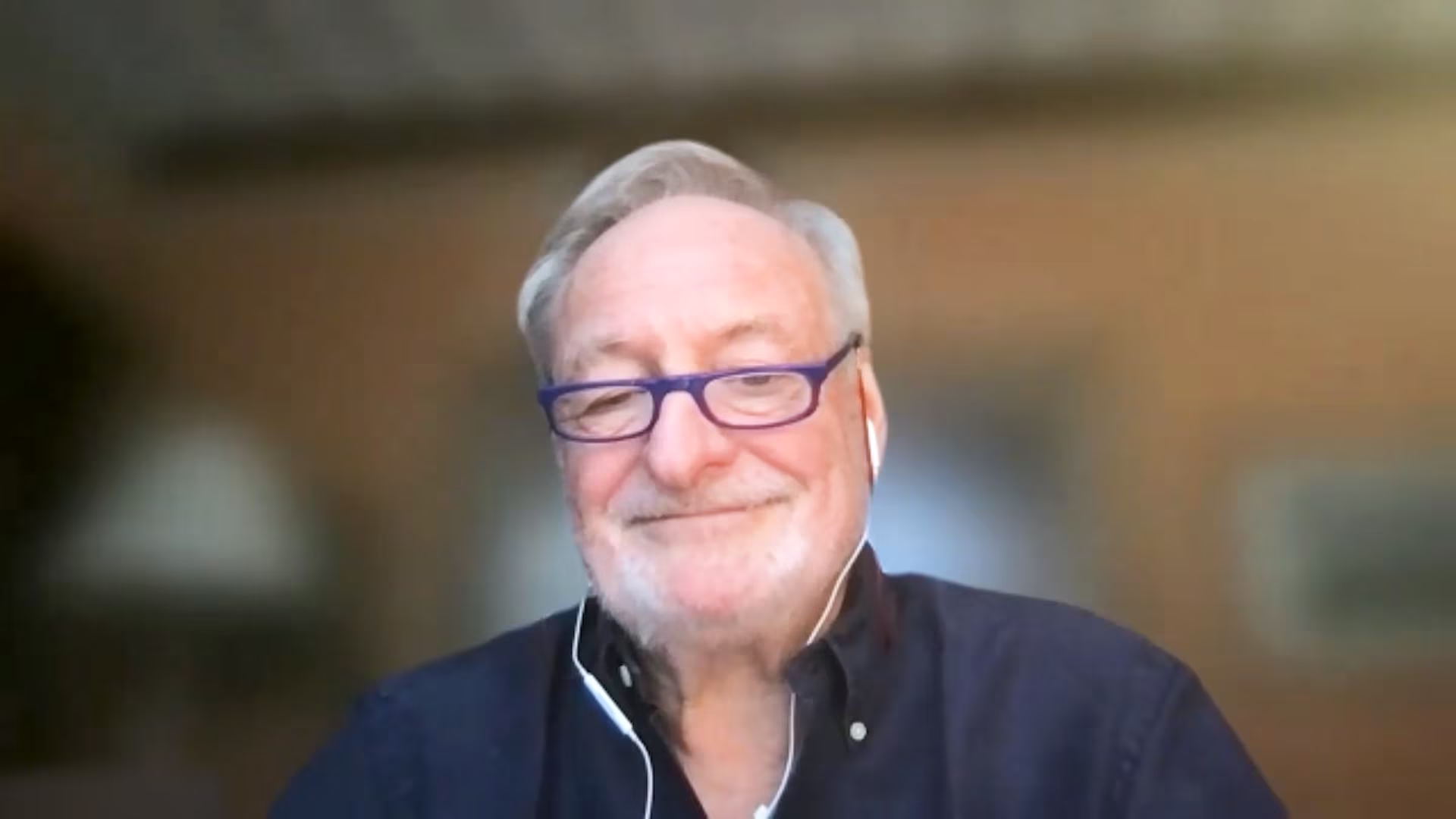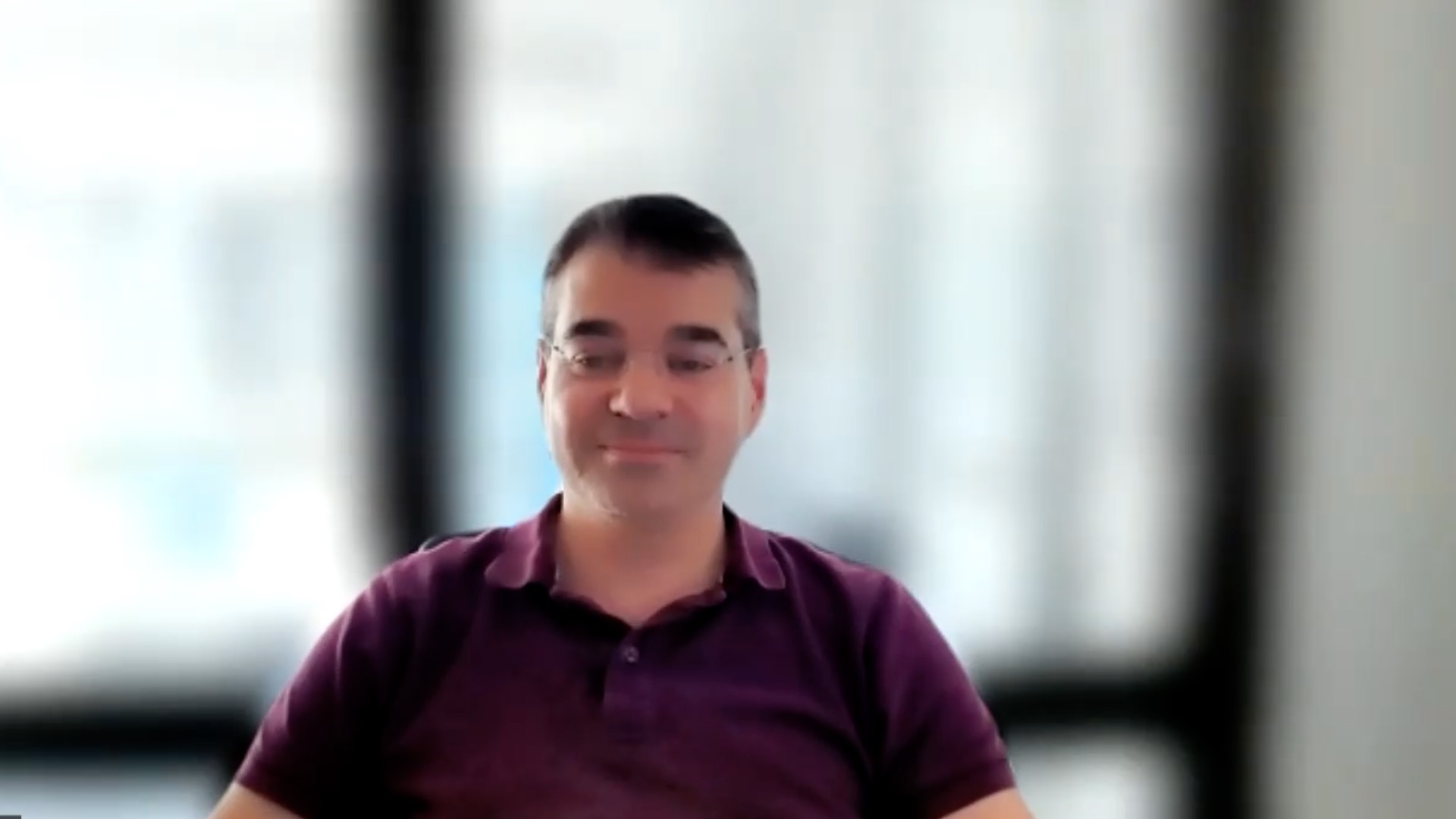Arnon Kater, EHA 2023: MURANO substudy analysis: Venetoclax-rituximab in patients with chronic lymphocytic leukaemia
The phase III MURANO trial (NCT02005471) reported that venetoclax plus rituximab (venR) resulted in higher progression-free survival and overall survival than bendamustine plus rituximab in patients with relapsed/refractory chronic lymphocytic leukaemia. The unmet needs in the treatment of chronic lymphocytic leukaemia, as well as the aims, main findings and clinical significance of the final MURANO substudy analysis, are discussed in this touchONCOLOGY interview with Prof Arnon Kater (Amsterdam UMC, University of Amsterdam; HOVON CLL working group, Amsterdam, the Netherlands).
The abstract entitled ‘Final seven-year follow-up and retreatment substudy analysis of MURANO: Venetoclax-rituximab (VenR)-treated patients with relapsed with relapsed/refractory (R/R) chronic lymphocytic leukemia (R/R CLL)’ (Abstract #S201) was presented at the EHA 2023 Congress, 8–11 and 14–15 June 2023.
Questions:
- What are the unmet needs in the treatment of chronic lymphocytic leukaemia? (0:24)
- What did the phase III MURANO trial teach us about the efficacy and safety of venR in patients with relapsed/refractory chronic lymphocytic leukaemia? (1:23)
- What were the aims and main findings of the final substudy analysis of MURANO? (2:34)
- What is the potential clinical significance of these findings? (5:16)
Disclosures: Arnon Kater discloses grant/research support from Abbvie, Astra Zeneca, Janssen, Roche/Genentech, BMS and LAVA and has acted on the advisory board for Abbvie, Astra Zeneca, Janssen, Roche/Genentech, BMS and LAVA.
Support: Interview and filming supported by Touch Medical Media. Interview conducted by Atiya Henry.
Filmed as a highlight of EHA 2023.
Transcript
My name is Arnon Kater, and I am a haematologist and Professor here at Amsterdam University Medical Center, University of Amsterdam. I’m also Chairman of the HOVON, so the Dutch Belgium CLL study group.
What are the unmet needs in the treatment of chronic lymphocytic leukaemia? (00:21)
So we have seen a lot of progress over the last, at least, five to ten years in CLL, mostly from chemotherapy to chemoimmunotherapy and from there to targeted agents, most specifically inhibitors of the B-cell receptor pathway, the BTK inhibitors, and of direct inhibitors of BCL2, so venetoclax. But the problem is that all those treatments are not curative, and in the end of the day, people will end up with resistant disease. We also know that these agents, when you use them for a prolonged period of time, give side effects, including immune side effects. And if you have refractory disease, specifically of both agents, then you have a poor outcome. So we, for sure, have improved PFS and overall survival, but we also found that we don’t cure the patients. And therefore, we still have an unmet need of patient, specifically with relapsed or refractory disease on targeted agents.
What did the phase III MURANO trial teach us about the efficacy and safety of venR in patients with relapsed/refractory chronic lymphocytic leukaemia? (01:19)
So this EHA we represented the final update, a 7-year update on the MURANO study. To remind you, the MURANO study was the first trial that used a fixed-duration treatment, venetoclax/rituximab, targeted agents, and compared that to standard chemoimmunotherapy, bendamustine/rituximab, and the treatment was given for 2 years and the first 6 cycles of venetoclax were combined with rituximab. What we’ve seen over all those years is that you have many patients that have a good response. We learned that those responses also after stopping are pretty sustainable with a progression-free survival at 7 years of 33% percent, we saw an overall survival advantage, we saw an improved time to next treatment. And what we also have learned is that minimal residual disease at the end of treatment is very, very predictive of the progression-free survival, meaning that if patients have an undetectable MRD, you really have a very clinically meaningful time off treatment before they need any kind of new treatment.
What were the aims and main findings of the final substudy analysis of MURANO? (02:30)
As we said, 7 years of follow-up of the MURANO study, the aim of the current analysis was an update on the progression-free survival and overall survival, the impact of minimal residual disease on long-term outcomes and, about this kind of a new analysis was that we also now have data on the patients that rolled over into a follow-up study, where we tested the possibilities of retreatment after treatment failure or after relapse after stopping the venR regimen and the main study. The major finding on the large study, on the main study, is that, if we follow the patients that had an undetectable MRD at the end of treatment, which were 83 patients, and if you follow them over time, you have a median time to MRD conversion after stopping from an undetectable MRD to a positive MRD of 19.4 months. That patient that conversed, you have a time from conversion to progressive disease of another 28.3 months and you have a median time from progressive disease to next treatment of 4.5 months, meaning that you, in, of course, it’s all medians, but you have a median of 4-year timeframe after stopping the treatment before you need your next treatment and then is, of course, after 2 years of treatment, but that means 4 years treatment-free. That I think that’s the main finding of that we reported. What I reported on the substudy is that, first of all, we have to remind that since we started the rollover study very early after the main study, it meant that it was very highly selected for patients that had a very short remission on the venR regimen, so keep that in mind. But then you can say now that there’s a median follow-up of 33 months, that a median progression-free survival of retreatment is venetoclax/rituximab in this high-risk group was 23.3 months, so let’s say almost 2 years, which you can either think as the glasses are half full or half empty, you can say that half of the patients need 2 years of treatment and they don’t have any time off treatment because their progression-free survival overlaps with the time of treatments. On the other hand, if you say a glass is half full, you can say, well, at least in this high-risk group already, 50% of patients have time off treatment, and it is very likely to suggest and it’s also confirmed by real-world data that patients with a longer progression-free survival of venetoclax/rutixumab probably will have better outcomes also with the second treatment.
What is the potential clinical significance of these findings? (05:12)
So first of all, I think that the long-term analysis shows that there is really very good support now for fixed-duration venetoclax/rituximab in relapsed/refractory CLL. That was a really long-term progression-free survival really clinically, very meaningful types of treatments. We also see that, although there is a small percentage of patients, which is really interesting, that after this very long follow-up has still undetectable MRD-free, leukemia-free disease and this patient group is highly selected for mutated IGVH and no p53. You see that the majority of patients at one or at a later timepoint do relapse. What we also showed is, and that we really hoped to understand with the study, is that instead of continuing targeted treatments, if you stop treatments, you have a much lower percentage of patients that will get novel mutations that prevent a second remission and indeed you see that you can obtain second remissions after stopping all the treatments, if you retreat those patients.






